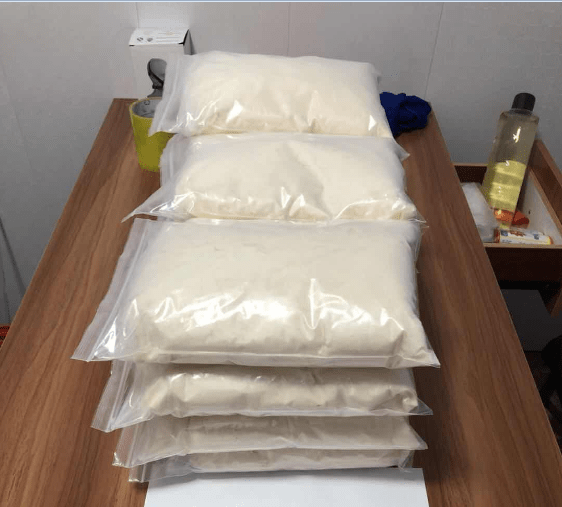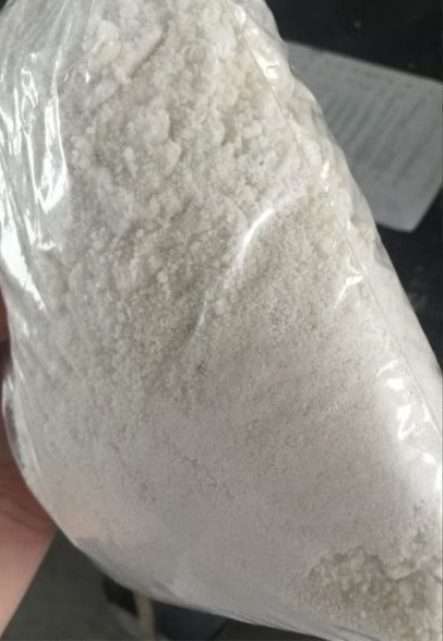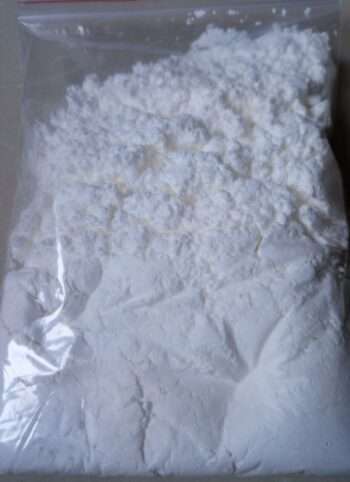
Synthetic cannabinoids have grown in popularity and diversity in recent years. The behavioral effects of AB-FUBINACA, a third-generation indazole-3-carboxamide-type synthetic cannabinoid, were investigated in this work.
Adult male and female C57BL/6J mice were given AB-FUBINACA (0–3 mg/kg, i.p.) and put through the tetrad battery, which included tests for catalepsy, antinociception, hypothermia, and locomotor activity.
The CB1 receptor selective antagonist rimonabant inhibited classic cannabinoid effects in the tetrad in mice treated with AB-FUBINACA (2 mg/kg, i.p.). A second group of mice was injected with AB-FUBINACA (3 mg/kg, s.c.) or a vehicle consisting of 5% ethanol, 5% Kolliphor EL, and 90% saline every 12 hours and evaluated daily in a modified tetrad over the course of 5 days to assess tolerance and withdrawal effects. On the sixth day, rimonabant (3 mg/kg, s.c.) was used to induce withdrawal, and somatic indications of withdrawal (head twitches and paw tremors) were measured.

Designer pharmaceuticals based on indole and indazole scaffolds with l-valinamide or l-tert-leucinamide side chains are increasingly being discovered by forensic researchers and law enforcement organizations, and they are linked to substantial adverse health effects. However, at the time of their discovery, many of these novel SCs were unknown in the scientific literature, and nothing is known about their pharmacology. AB-FUBINACA, ADB-FUBINACA, AB-PINACA, ADB-PINACA, 5F-AB-PINACA, 5F-ADB-PINACA, ADBICA, 5F-ADBICA, and numerous analogues were synthesized and pharmacologically characterized.
In a fluorometric assessment of membrane potential, all produced SCs behaved as high potency agonists of CB1 (EC50 = 0.24–21 nM) and CB2 (EC50 = 0.88–15 nM) receptors, with 5F-ADB-PINACA having the highest potency at CB1 receptors. Biotelemetry was used to assess the cannabimimetic activity of AB-FUBINACA and AB-PINACA in rats. At dosages of 0.3–3 mg/kg, AB-FUBINACA and AB-PINACA caused hypothermia and bradycardia, which was reversed by pretreatment with a CB1 (but not CB2) antagonist, showing that these SCs are cannabimimetic in vivo, which is consistent with anecdotal reports of psychoactivity in humans.


